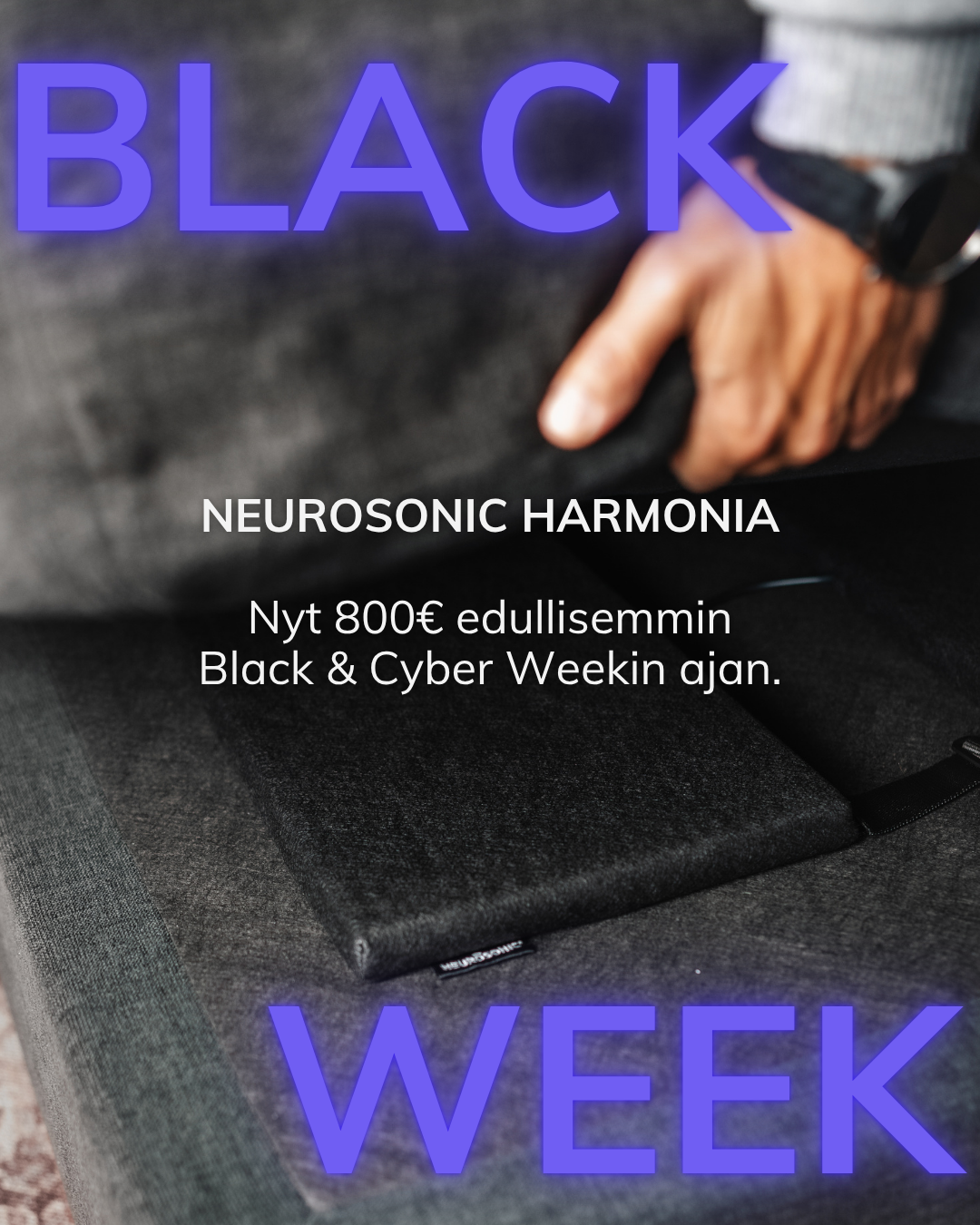New scientific findings demonstrate that whole-body vibration (WBV) therapy can help individuals who struggle with falling asleep or staying asleep. Difficulty falling asleep and maintaining sleep may originate from various medical conditions, increased arousal states, or bedtime anxiety. When sleep is interrupted or delayed, physical and cognitive fatigue are common.
Regardless of the cause, chronic sleep disturbances can lead to unwanted secondary health problems, which include but extend beyond:
-
Elevated inflammation
-
Cardiovascular dysfunction
-
Increased vulnerability to obesity, diabetes, and cancer
-
Mental and physical stress
Low-amplitude vibrations applied horizontally, instead of standing on a vibration platform, help people fall asleep faster and reduce waking events. While the vibratory-mechanical stimulus activates mechanoreceptors in the skin, the energy can also reach deeper tissues and structures. WBV therapy can lead to relaxation by reducing blood pressure and muscle tension. The combination creates a potent sedative, particularly effective in combating stress-induced sleep disturbances.
How Stress Keeps Us Awake
Mental stress leads to cognitive arousal, which manifests through continuous worry and repetitive thoughts, making it harder to start and maintain sleep. The neuroendocrine and neurochemical systems mediate the interaction between mental stress and sleep. Central to this interaction is the hypothalamic-pituitary-adrenal (HPA) axis. The HPA boosts corticotropin-releasing factor (CRF) and cortisol levels when activated.
Increased CRF release leads to heightened arousal, which promotes wakefulness, delays sleep onset, and reduces sleep efficiency. Mental hyperarousal combines with the body's physical stress response to create an ongoing loop, in which stress-related sleep problems heighten sensitivity to new stressors. However, WBV therapy can help disrupt this cycle.
Solutions for Falling and Staying Sleep
One solution for falling asleep more easily is to reduce stressors and lower cortisol levels that accumulate throughout the day. Research indicates that cortisol levels decrease in response to WBV when it is delivered during the day. And may even help regulate cortisol secretion patterns.
Gentle WBV can help improve sleep
Recent research is beginning to reveal how gentle WBV can help enhance sleep. It turns out that environments we often find soothing, such as a moving train or a car ride, naturally produce low-frequency vibrations that can induce drowsiness. Similarly, the calming effect of rocking, such as when a baby is rocked to sleep, may also be beneficial for adults.
In one experiment, participants took 45-minute naps while being rocked. The rocking reduced the time to fall asleep and boosted sleep depth by synchronizing slow brain oscillations, which were thought to reinforce sleep rhythms. Further, the study showed a prolonged duration of N2 sleep stage, which may lead to enhanced cognitive functions and performance.
Building on the long-standing knowledge that gentle vibrations promote sleep, researchers explored whether WBV delivered throughout the day would extend these benefits to the following nights.
Vibration Chairs and Beds Promote Better Sleep
WBV delivered throughout the day also shows promise for individuals with specific sleep disorders. For example, vibration therapy reduces sleep disruptions caused by Restless Leg Syndrome and demonstrates reliability as an alternative to improve disturbed sleep.
The direction and intensity of vibration also influence its effectiveness on relaxation and sleep. Through vibration mechanical bed experiments, researchers have demonstrated that low-amplitude horizontal vibrations, comparable to those found in Neurosonics lounge chairs, enable faster sleep onset for participants.
The existing scientific evidence on WBV for promoting sleep and reducing symptoms of anxiety and stress aligns with research findings using Neurosonics lounge chairs. As highlighted below in these university-led thesis projects, research participants reported benefits of improved sleep duration, reduced sleep disruptions, and restorative sleep. Their research projects support mechanisms of action that involve mechanical vibrations, creating oscillations that reduce muscle tension and promote relaxation, thereby improving sleep quality and duration.


